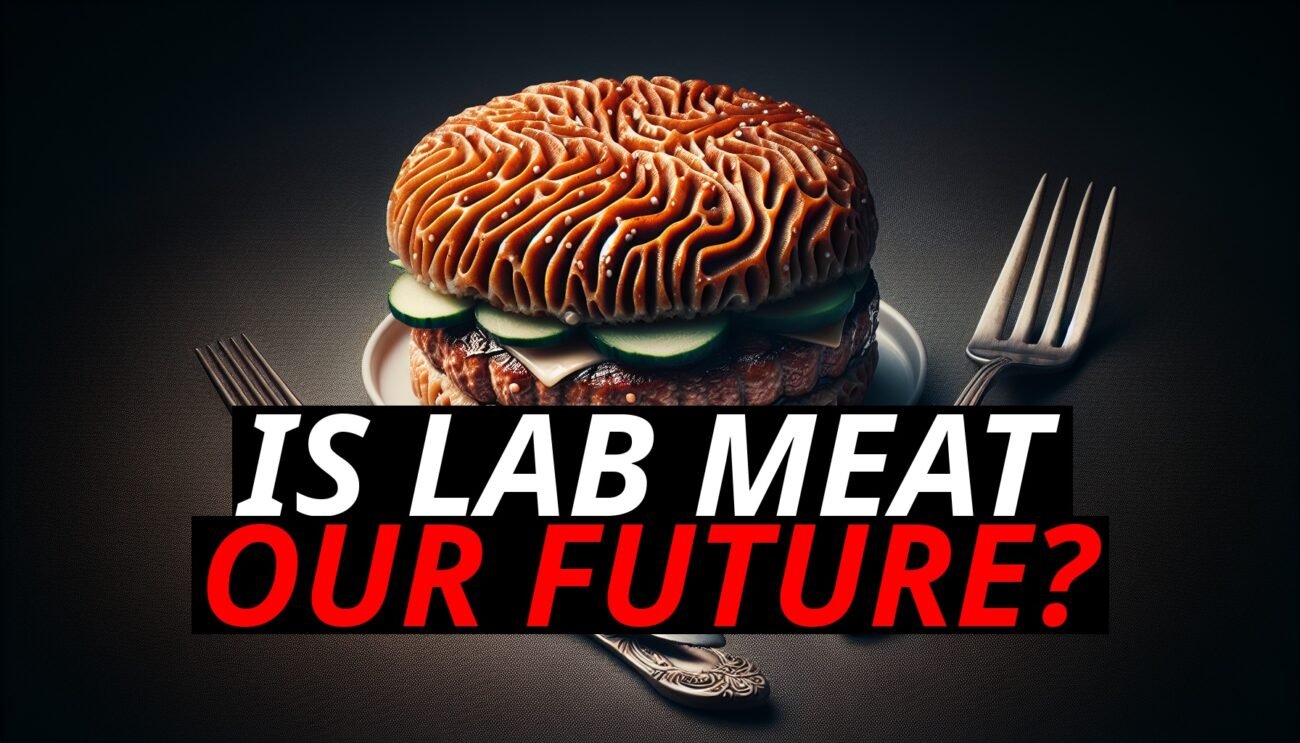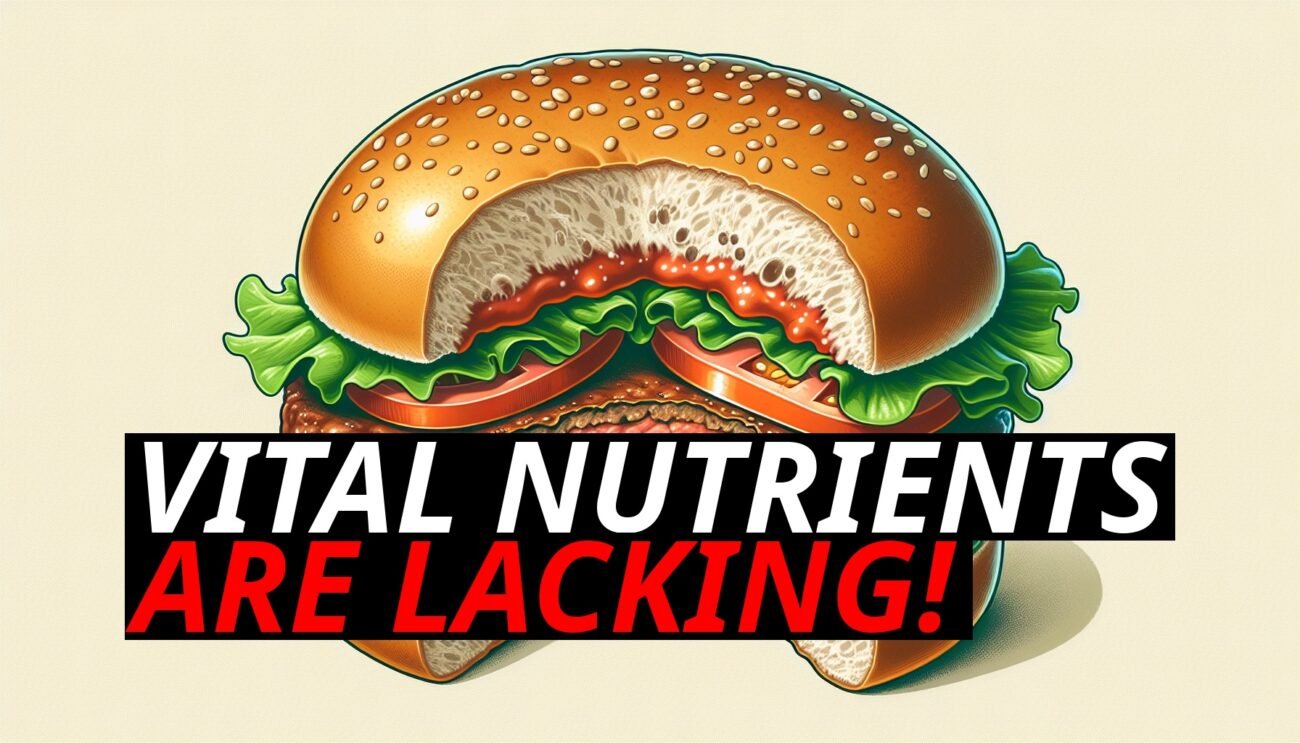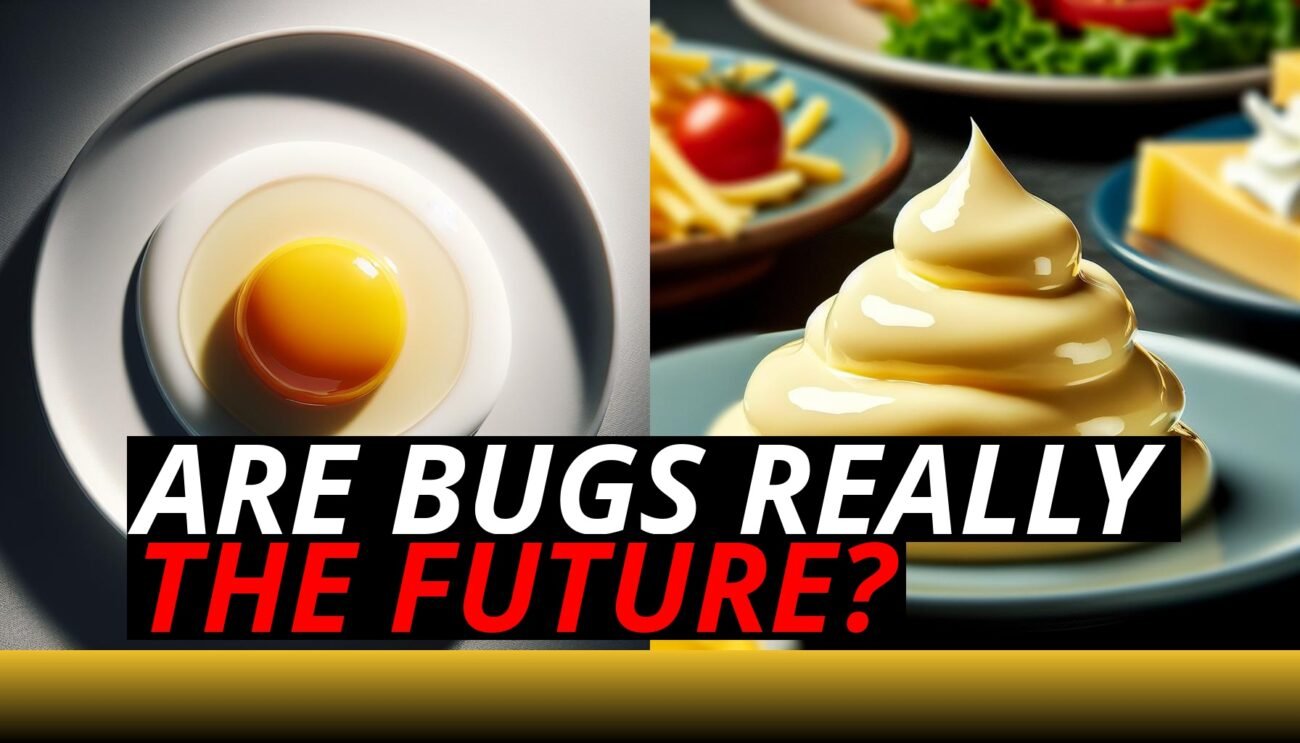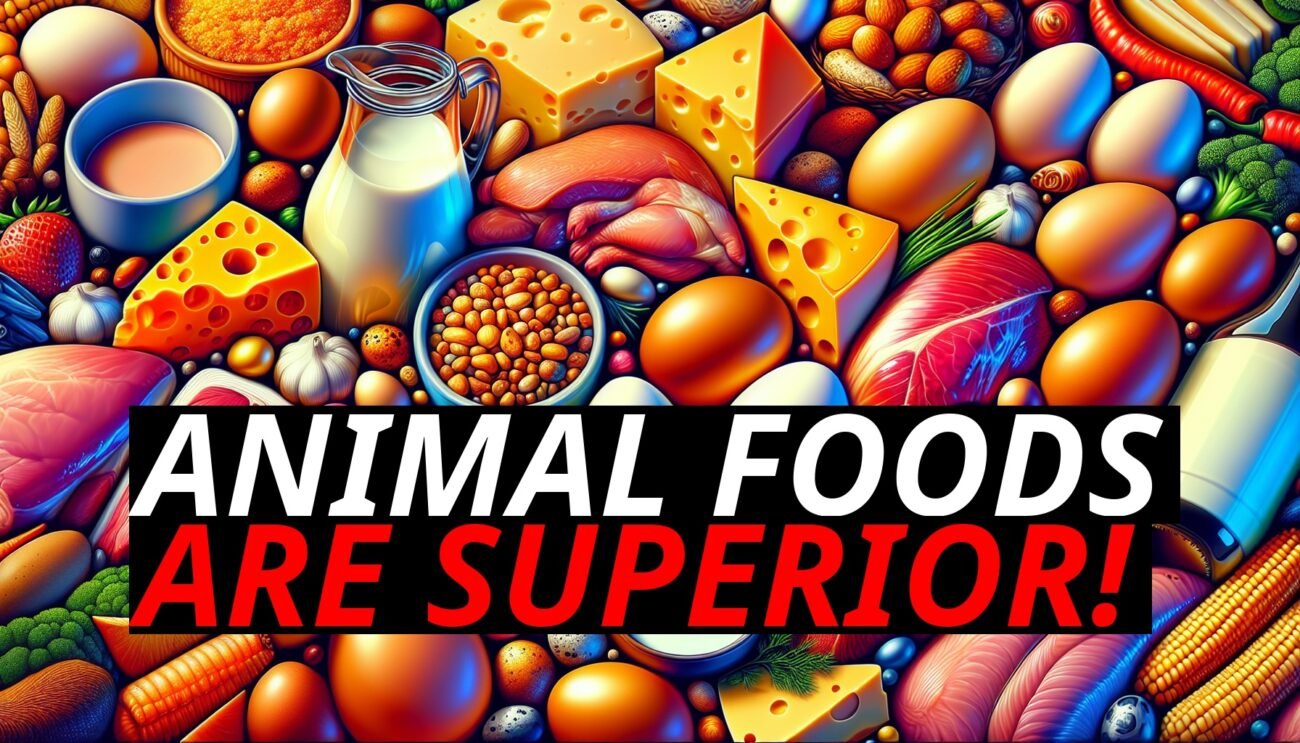The Big Question: Can Lab-Grown Meat Deliver The Same Iron Benefits?
Picture yourself biting into a burger that was never part of a living cow but grown entirely in a lab. It looks like meat, tastes like meat, and has the potential to transform food sustainability. But when it comes to nutrition, particularly heme iron, can lab-grown meat match up to the real deal? Heme iron is crucial for health, and understanding how it functions in traditional meat versus lab-grown alternatives opens up a deeper conversation about what we’re really getting on our plates.
What Makes Heme Iron So Important?
Heme iron is the type of iron found in animal products, and it’s essential for several reasons:
- High Bioavailability: Heme iron is absorbed more efficiently by the body than non-heme iron, which is found in plants. This means that even smaller amounts of heme iron can fulfill your dietary needs more effectively than larger amounts of non-heme iron.
- Crucial for Health: Iron supports the production of hemoglobin, the protein in red blood cells that carries oxygen throughout your body. A deficiency in iron can lead to anemia, fatigue, and weakened immunity.
Because of its superior absorption and role in vital bodily functions, heme iron is considered one of the standout nutritional benefits of consuming real meat.
How Lab-Grown Meat Is Made
To understand the challenge, let’s take a quick look at how lab-grown meat is produced:
- Cell Culturing: Lab-grown meat is created by taking animal cells and growing them in a controlled environment with the help of a nutrient-rich culture medium.
- Muscle Focus: The process primarily focuses on replicating the muscle tissue of animals, which means lab-grown meat may lack some of the natural components found in real meat, like connective tissues and bone marrow.
While lab-grown meat can replicate protein structure, ensuring it includes the right amount of heme iron is an ongoing challenge.
Can Lab-Grown Meat Include Heme Iron?
Adding heme iron to lab-grown meat is possible, but it’s complicated:
- Fortification Techniques: Scientists can attempt to add heme iron to lab-grown meat artificially. However, making sure this added iron is as bioavailable as the natural heme iron found in real meat is another story.
- Nutrient Integration: Even if heme iron is added, ensuring it integrates seamlessly into the meat’s matrix and interacts properly with other nutrients is a challenge. In natural meat, heme iron exists in a complex environment that supports its absorption.
The question remains: Can lab-grown meat provide the same absorption efficiency as traditional meat? The answer isn’t clear-cut.
Bioavailability: The Real Test For Heme Iron
One of the most significant factors affecting nutrient absorption is bioavailability—how well your body can take in and use a nutrient:
- Natural Heme Iron Advantage: The body absorbs heme iron at a higher rate because it’s already in a form that’s ready for use. This means it doesn’t need the presence of additional nutrients like vitamin C to aid absorption.
- Lab-Grown Challenges: Fortified iron in lab-grown meat might not be absorbed as efficiently, especially if it lacks the natural co-factors found in traditional meat.
This raises a critical point: even if lab-grown meat is enriched with iron, its effectiveness may not match that of real meat, leading to potential nutritional gaps.
Lessons From Fortified Foods
The history of fortified foods provides a window into the challenges of adding nutrients to products:
- Calcium and Heart Risks: Fortifying foods or taking high-dose supplements can sometimes lead to unintended side effects, like calcium supplements potentially increasing the risk of heart issues if not balanced with magnesium and vitamin D.
- Vitamin Imbalances: Isolated vitamins and minerals can create imbalances when not consumed with their natural counterparts. This is why whole foods are often recommended over fortified products.
These lessons underscore that fortifying lab-grown meat with iron isn’t as straightforward as it sounds.
The Nutrient Synergy Problem
The challenge with fortifying lab-grown meat isn’t just adding iron; it’s ensuring that all nutrients work together in a way that mimics the nutrient synergy of real meat:
- Complementary Nutrients: In traditional meat, iron exists alongside nutrients like zinc and B vitamins, which aid in its absorption and utilization.
- Missing Co-Factors: Lab-grown meat may lack these natural co-factors, which could affect how well the body absorbs the added heme iron.
Without these interactions, even well-fortified lab-grown meat may fall short of providing the same nutritional benefits as traditional meat.
Consumer Considerations: Is Fortified Lab-Grown Meat Worth It?
So, what does this mean for consumers?
- Potential Nutritional Gaps: While lab-grown meat can be fortified to contain iron and other essential nutrients, its bioavailability and effectiveness may not match those of real meat.
- Safety and Efficacy: Ensuring that the added nutrients don’t create imbalances or side effects is another challenge. For example, iron overload from supplements or fortified foods can be harmful, leading to conditions like hemochromatosis.
Consumers looking for a seamless transition to lab-grown meat may need to consider whether the potential for nutritional gaps is worth the environmental and ethical benefits.
Final Thoughts: The Road Ahead For Lab-Grown Meat
Lab-grown meat represents a major step forward in sustainable food production and ethical eating. However, when it comes to replicating the nutritional profile of traditional meat, particularly with nutrients like heme iron, there’s still work to be done.
Ensuring that lab-grown meat doesn’t just look and taste like real meat but also matches its nutritional complexity is a challenge that scientists are still tackling. Until then, the best source of heme iron and nutrient synergy remains what’s been on our plates for centuries: real, whole meat.













